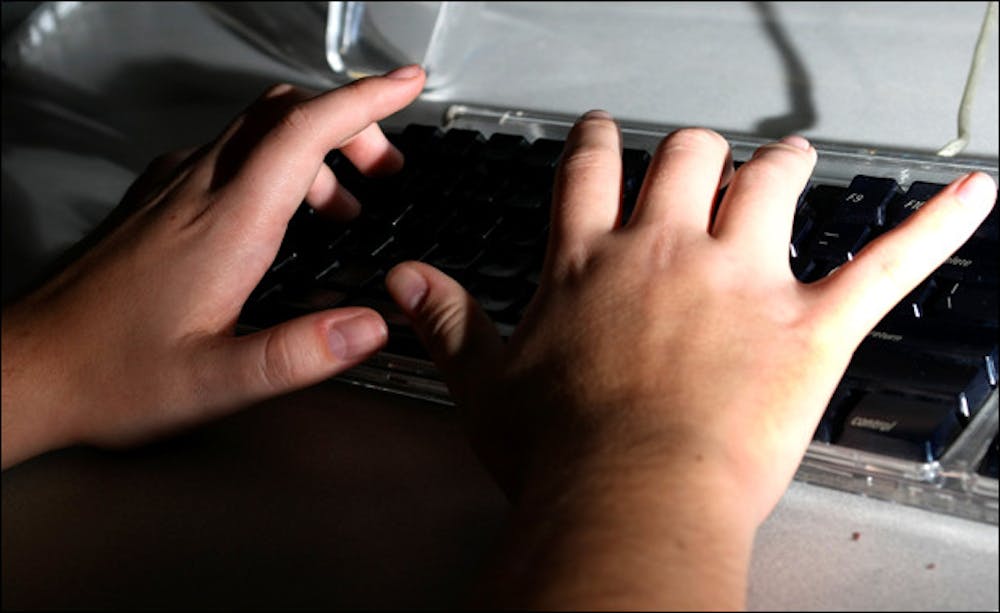Treatment could be improved for the millions of Americans suffering from carpal tunnel syndrome with a million-dollar research program led by an ASU professor.
Kinesiology professor Marco Santello hopes to develop new ways of testing and prevention for carpal tunnel syndrome with a five-year, $1 million grant from the National Institutes of Health.
Santello is leading a research team that includes Jamie Johnston of the University of Calgary in Canada and Anthony Smith of the Mayo Clinic — both of whom could not be contacted by press time.
Carpal tunnel syndrome, which can decrease hand functions, is one of the most common nerve disorders and affects 4 million to 10 million Americans in the U.S., according to the American College of Rheumatology’s Web site.
Santello’s research team received the grant after conducting tests able to measure the severity of carpal tunnel syndrome by monitoring how a subject could pick up an object. The initial tests were successful, he said.
“We were able to measure pretty significant differences and problems,” he said. “We believe that this information … might be useful as a tool to complement clinical tests.”
Currently, his team is setting up equipment and working on organizational matters to begin testing in January, he said. The grant was officially announced over the summer, and funding for the research came in September.
Carpal tunnel syndrome tests can be costly and painful because they check a subject’s nerve, Santello said. With the grant, the team will experiment with different tests to see if the syndrome can be detected without examining a subject’s nerve.
The grant will involve experiments on about 100 test subjects, Santello said.
“They all share the same common question,” he said. “What is the effect of carpal tunnel syndrome on your ability to manipulate an object?”
The tests could be useful for both treating and preventing carpal tunnel syndrome, Santello said.
People who suffer from carpal tunnel syndrome often don’t realize how much pressure they use when they pick up objects, so they overcompensate and exacerbate the condition, he said.
“It’s like a vicious circle,” Santello said. “You end up squeezing the object much harder than you need to.”
By measuring how much pressure one applies to an object, tests could be used to help people lessen their symptoms, he said.
The tests could be used to see if someone is already suffering from carpal tunnel syndrome, which could be a potentially cheaper and more comfortable way of diagnosing the condition, Santello said.
Another possible application of the tests is to look into what kind of signals the brain receives when it picks up an object, he said.
Normally, people can learn quickly how to manipulate an object based on information their brain receives from picking it up, Santello said.
“[But] people with carpal tunnel syndrome, based on the results we have, cannot,” he said. “We have a population that does not have an accurate depiction of what happens in the hand.”
Reach the reporter at matt.culbertson@asu.edu.




